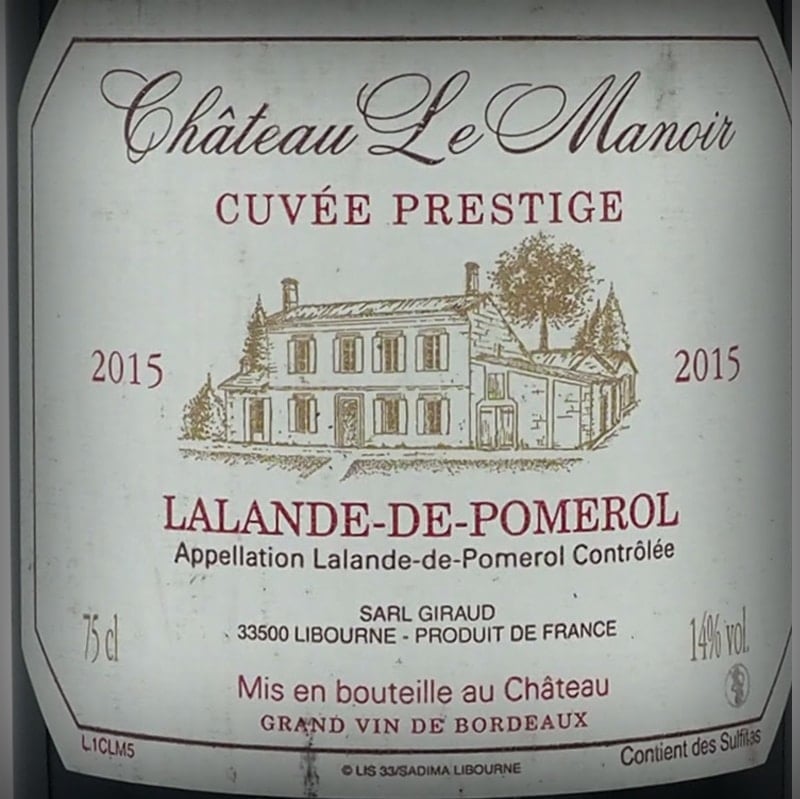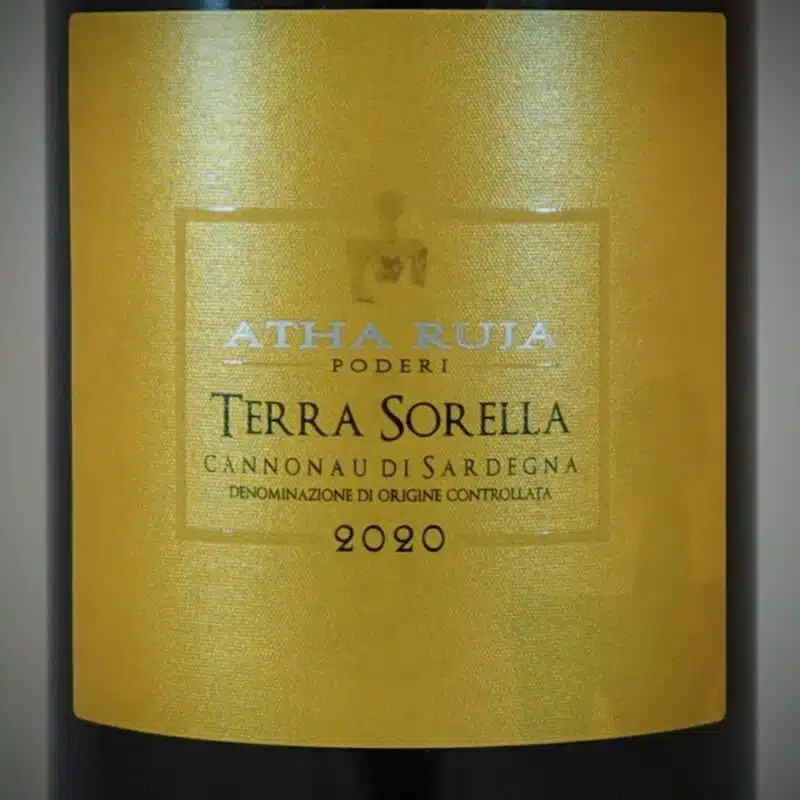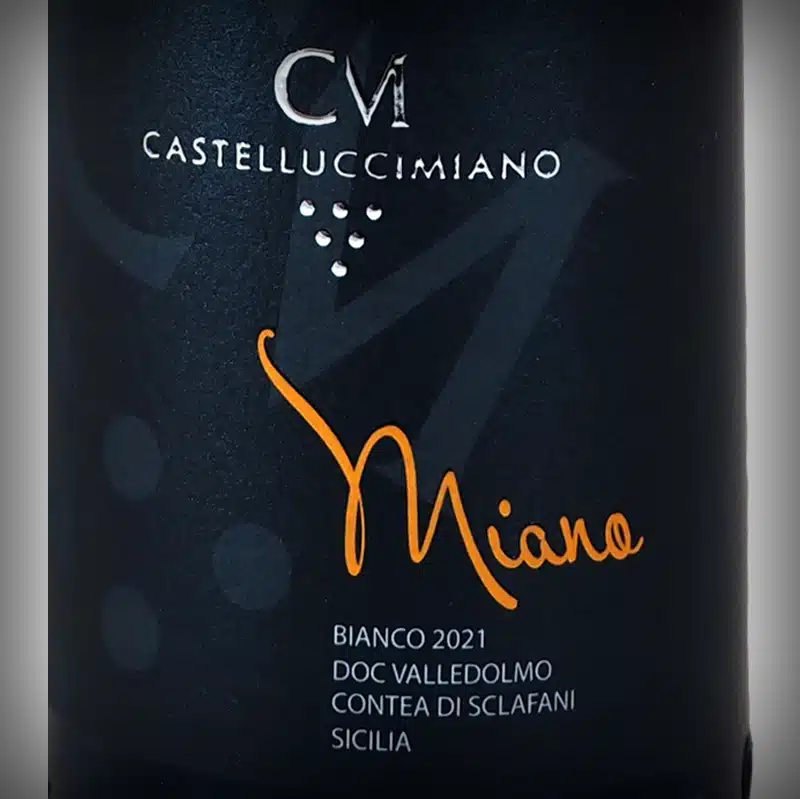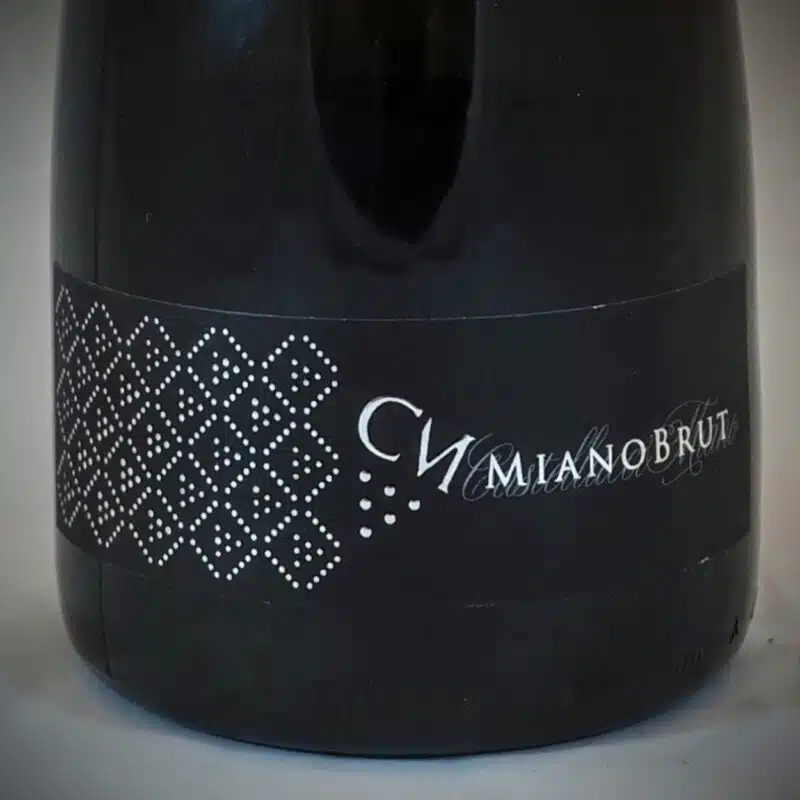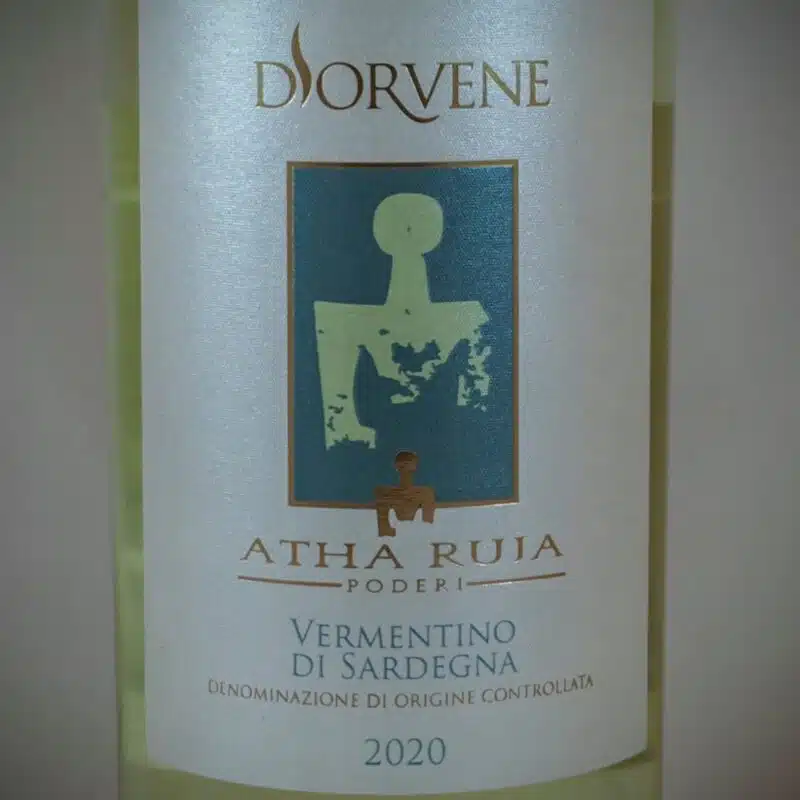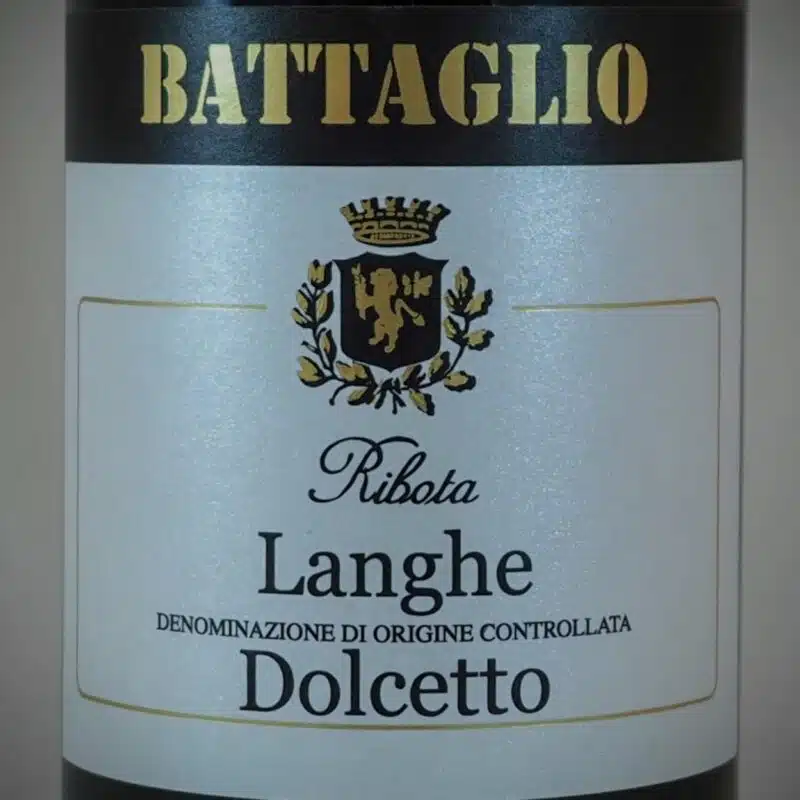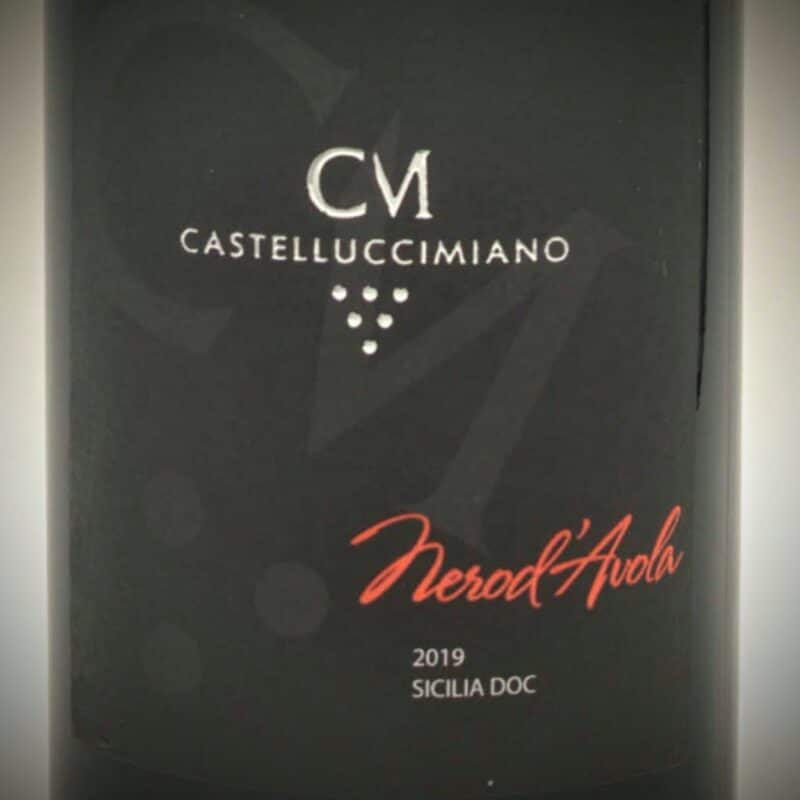Description
Château le Manoir Lalande De Pomerol Cuvée has medium intensity nose of plum, blackberries, dried florals, and blackcurrant fruit along with walnut, wet stone, cedar and new leather. As it airs more aromas of graphite, lead pencil and mineral rich earth develop. On the palate it is fresh and brightly flavored with cherry, plum and cedar spice. Medium-bodied and possessing a supple mouth-feel: with fine chalky tannins and a medium finish. Soft merlot fruit expressed within a structure from the tannic Cabernet and oak maturation. Pairs well with beef, lamb, and game.
Manual harvesting with selective sorting in the vineyard and cellar, 70% is destemmed, the grape varieties are vinified separately in thermoregulated concrete tanks, pumping over and shedding, maceration for 25 to 30 days. Ageing 50% in barrels, 30% in barrels and 20% in concrete vats for 12 months.
Lalande-de-Pomerol is a wine appellation of the Right Bank of the Bordeaux region in southwestern France. It lies just to the north of the more-prestigious Pomerol title, in the area known as the Libournais, after the city of Libourne. Only red wines are classified under the Lalande-de-Pomerol AOP. They are made predominantly from Merlot, but may also contain Cabernet Franc, Cabernet Sauvignon and Malbec. As with most of the Right Bank appellations, the approachability of Merlot makes these wines very popular in the modern marketplace. The two main villages of the appellation are Lalande-de-Pomerol and Néac.
The vineyards around Néac are planted on soils that have components of clay and gravel with the total vineyard area of the appellation covering 1154 hectares (2851 acres). Gravel soils are a distinctive feature of the vineyards in Pomerol. Merlot grows more successfully on this type of soil. Therefore it is here that the better Lalande-de-Pomerol wines are produced. The soils around Lalande are sandier and more alluvial in nature (being closer to the Isle and Dordogne rivers). This leads to a greater concentration of Cabernet grapes, which prefer free-draining soils.
The Barbanne stream separates Pomerol from Lalande-de-Pomerol. This is the same stream that divides Saint-Émilion to the south-east from its less-prestigious satellite appellations. Rivers are of great significance in this part of Bordeaux. They define appellation boundaries, moderating the climate and dictating the make-up of the region's soils. The stellar success of Pomerol has stimulated viticultural activity and new investment in Lalande-de-Pomerol. It remains to be seen whether the title will enjoy the success of its famous neighbor to the south.
